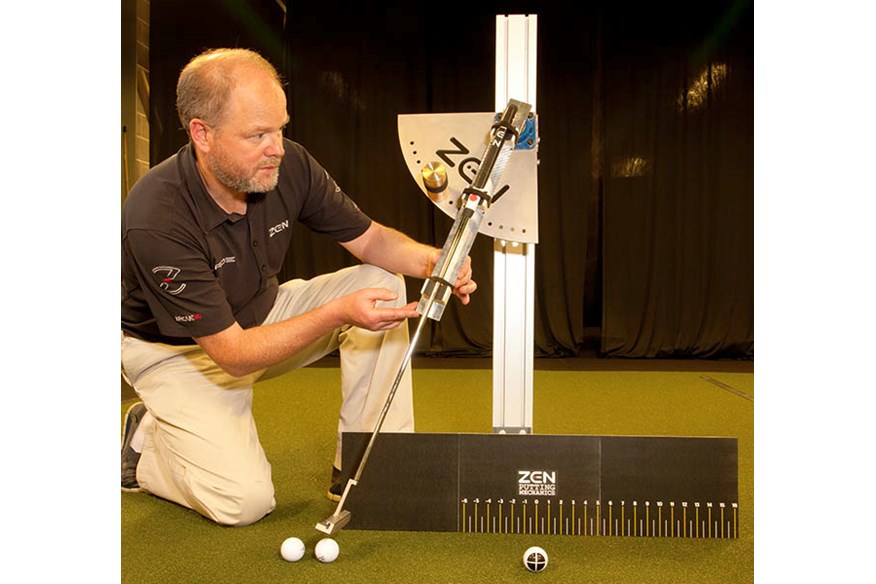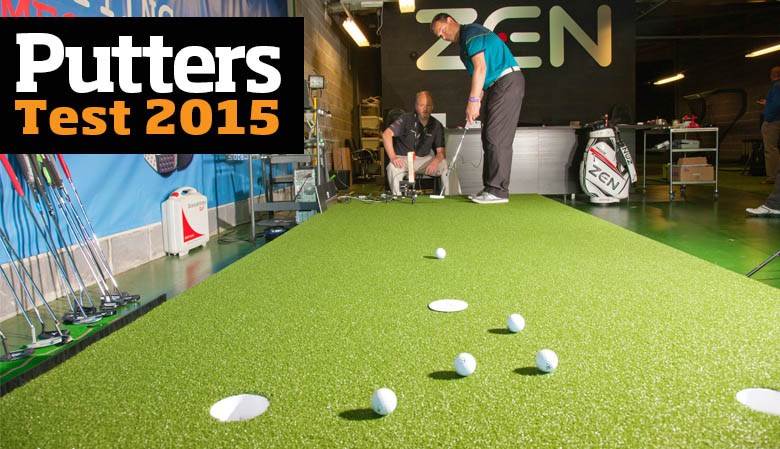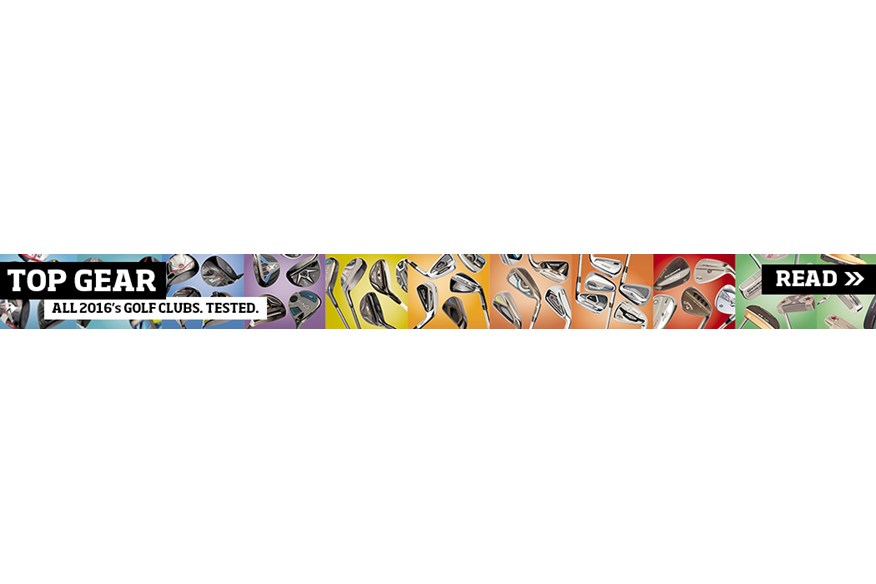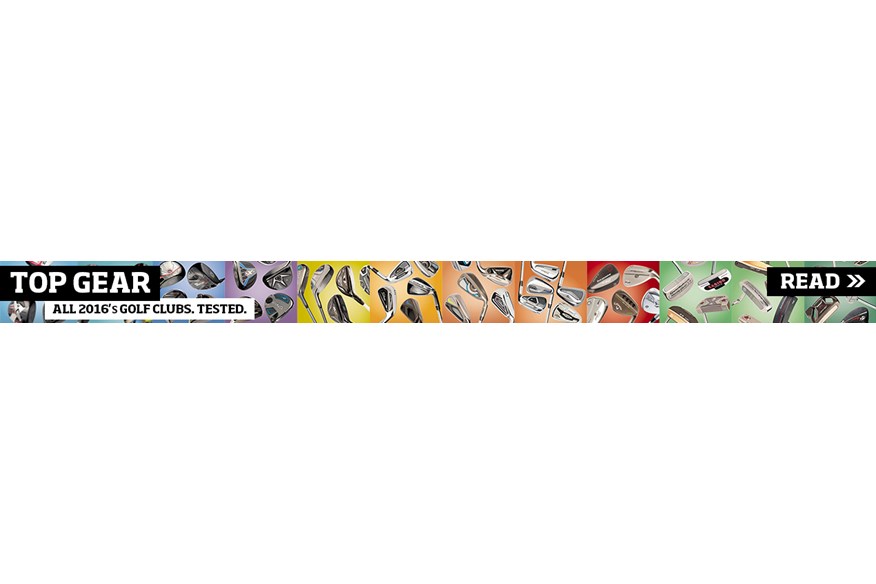Putters Test 2015
Last updated:
For anyone who thinks golf is a science, consider the moment we pick up a new putter in a pro shop.
The experience turns us into mystics and fortune-tellers. “Phew, I’d hole some putts with this” is the response you’re looking for – though it could just as easily be “Oh God no,” with the putter hastily re-racked before its venomous vibes contaminate your hands. Yes, a putter is a subjective thing. But a putter’s design can certainly be evaluated, while the views of our testers will help inform yours. Blend this information with that instant opinion and you’ll end up with your very own magic wand.
Our panel of testers |
|
 |
Matt PearsonHandicap: Pro |
 |
Duncan LennardHandicap: 7 |
 |
John CarterHandicap: 15 |
 |
James CoxHandicap: 17 |
How We Tested The 45 Putters
There were four members of our testing team. Today’s Golfer gear expert and world top 100 club fitter Matt Pearson – head professional at Waterton Park GC, Yorkshire – was joined by TG readers John Carter and James Cox, plus TG gear editor Duncan Lennard.
The team was assembled to accommodate a preference for the three basic head shapes in which putters are built. At either end of the scale are the Ping Anser-inspired classic blade and the large-headed mallet. Mid-mallets occupy the ground between the two. As a golfer typically looks to buy from one of these categories, we’ve grouped the putters accordingly and awarded our usual gold, silver and bronze awards.
However, for this test we add a fourth category – counterbalanced putters. Putting’s new growth area is catalysed by the anchoring ban that kicks in on the first day of next year, but these products – typically heavier heads counter-weighted above the hands courtesy of longer shafts and handles – have virtues relevant to all golfers, whether or not they use an anchoring method.
Under the supervision of Zen owner and creator Nick Middleton, each tester hit a series of 10ft putts on Zen’s Green Stage putting surface, set up perfectly flat and stimping at around 10. The action was recorded on Science and Motion’s PuttLab – a portable system able to monitor 28 stroke parameters. We used it to monitor the golfer’s ability to aim the blade and assess how well it permitted them to return it to square at impact. From this data, each putter gained an aim ease/efficiency mark out of 10.
Choosing a putter is without question a personal thing, and our testing reflects that. Our four testers gave each putter a mark out of 10 for looks – the ability to inspire confidence – and also feel/sound.
We were also able to test a putter’s ability to forgive off-centre strikes thanks to a putting robot Zen Putting Mechanics has developed with the Advanced Manufacturing Research Centre, a collaboration between Boeing and the University of Sheffield. Each putter was set up to strike putts of around 20ft from the sweetspot, and then a quarter-ball into the heel. Loss of distance and accuracy were recorded, and this gave a fourth dispersion reading, out of 10. These four marks out of 10 were then averaged to give a final mark out of 10.
Who Took Part
We asked all of golf’s major brands to submit their latest blades, mid-mallets, mallets and counterbalanced putters in lengths as close as possible to 34in, with counterbalanced models at 38in. Seventeen brands sent in this equipment for our testing team to try.
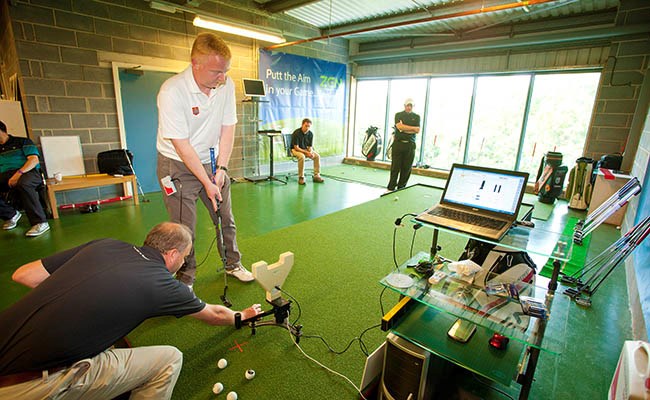
The Categories
What We Learned
How performance influences perception; and the importance of the putter grip.
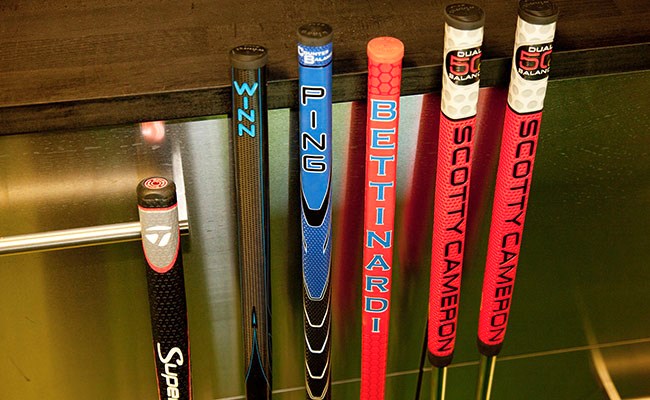
Handle with care
While putter build tends to focus mostly on the head in terms of forgiveness and skid-reducing faces, the first comment each tester made about a putter was almost always about its grip. The grips on the 45 putters sent in to us varied dramatically, from the slender Iomic on the Piretti Ferrara to the chunky SuperStroke on the TaylorMade Spider SI. Our testers’ reactions to the grip suggested it plays a key role in that instant, instinctive judgement of a flatstick. Virtually every brand on test provides a range of grip options, so make sure you try it in your favoured grip before making your decision.
Why aren’t we all using mallets?
Our testing both on the SAM system and the robot devised by Zen showed mallets outperform blades in both the forgiveness and lining-up stakes. So why do so many golfers still prefer blades? Certainly some of it is down to visuals; many golfers just don’t like the look of a mallet. It’s almost impossible to quantify the improvement in performance your preferred look gives you; but the stats suggest that golfers who prefer the look of mallets may have an advantage.
Beauty: in the eye of the putt holer
During the test, it was fascinating to see how a golfer’s view of a putter’s prettiness changed, relative to success. Putters deemed ugly as sin became more attractive after its wielder holed five 10-footers in a row; ‘stunning’ creations seemed to pale as they missed. Yes, it’s important to like what you look down on; but when choosing a putter, be prepared to let an unattractive-but-effective design grow on you.
Determine your alignment preference
Every putterhead on test had some form of alignment aid – be it down-the-line or square to it. Golf brands have done much research into how we best square up a putter face, but ultimately some golfers find square, toe-to-heel markings more effective while others do better with lines back from the face. Knowing which works best for you will clearly help you choose your best putter – yet of all golfers on test, only Matt had this understanding. If you don’t know your preference, find a pro with a laser and ask him to check your face-squaring with either design; a pattern will emerge. Having said this, putters like Odyssey’s Big T and Cleveland’s TFI Smart Square have marks that cater for either preference.
Tech Tested – Face Aim
Putters are designed to help you square the face. But do they achieve it?
A square blade at address is considered one of the fundamentals of putting, and companies make huge investments into R&D to develop head designs to help us aim the face at the hole. But how well do they succeed?
Face aim at set-up is one of 28 putting stroke parameters measured by Science and Motion’s PuttLab. As our testing team struck putts, the system recorded in degrees how well or badly they were able to aim the blade. Those figures averaged out to give a blade aim figure for each putter for each tester. Those figures were averaged again to give an overall blade aim mark for each putter. Note though that because of human error, this mark should be used more as a comparison with other putters rather than an evaluation of the putter itself.
During this testing, an intriguing theme emerged. Mallets consistently scored higher marks than blades or mid-mallets. Indeed, our list of the 10 putters our testers found easiest to aim square contains only two blades. Piretti should also gain a special mention here, for remarkably getting three putters in the top 10.
1. Piretti Savona Rev 2.0 (Mallet) (.05º)
2. Mizuno MP-A308 (Mid-mallet) (.19º)
3. Titleist Scotty Cameron Futura X5R (Mallet) (.2º)
4. Bettinardi Inovai (Mallet) (.23º)
5. Odyssey Tank Cruiser 330M (Counterbalanced) (.27º)
6. Rife Barbados 2.0 (Mallet) (.39º)
7. Piretti Potenza II Rev 2.0 (Blade) (.4º)
8. Cleveland TFI Smart Square (Mallet) (.44º)
=9. Benross Casino Shuffle California (Blade) (.45º)
=9. Piretti Teramo (Counterbalanced) (.45º)

Tech Tested – Forgiveness
We compare pure strikes with toe contact. How well did the putters cope?
-
Nick Middleton of Zen Putting Mechanics makes an extraordinary claim: “In fact the strike pattern for a putter is not that much better than that for a driver. Golfers miss the putter’s sweetspot far more often than they think – and when they do, it’s important the putter offers as much assistance as possible.”
-
Forgiveness, then, is an important parameter of putting design. And to get an idea of how well putters coped with mishits, we put each one on the mechanical putting jig created by Zen and AMRC Boeing.
-
Each putter was set up to strike one ball centrally, and a second a quarter-ball into the toe – a common and realistic mishit – over a distance of around 20ft. The putters with the least change in results are listed below.
-
While every effort was made to ensure accuracy, more precise results would be obtained by longer-term testing. However, on average, blade putters lost 21.14cm of distance and were 10.28cm out for line while mallets lost just 12.13cm of distance and were 7.13cm out for line. This suggests a clear forgiveness superiority for the mallet.
The top 20 most forgiving putters on test:
1. Bettinardi BB1 CB
2. Piretti Savona Rev 2.0
3. Titleist Scotty Cameron Futura X5R
4. Odyssey Works Big T
5. Ping Cadence TR Ketsch
6. Nike Method Matter M5-12
7. Rife Barbados 2.0
8. Bettinardi BB32
9. Progen Chromo 3
10. Piretti Teramo
11. Piretti Potenza II Rev 2.0
12. TaylorMade Daddy Long Legs
13. Rife Switchback
14. Mizuno MP-A308
15. Ping Cadence TR Anser 2 CB
16. Ping Cadence TR B65
17. Dunlop DP1 Pro
18. Odyssey Milled
19. TaylorMade Ghost Spider
20. Benross California
